We quantify a recent five-category CT histogram based classification of ground glass opacities using a dynamic mathematical model for the spatial-temporal evolution of malignant nodules. Our mathematical model takes the form of a spatially structured partial differential equation with a logistic crowding term. We present the results of extensive simulations and validate our model using patient data obtained from clinical CT images from patients with benign and malignant lesions.
1.
Introduction and preliminaries
Let A indicate an analytic functions family, which is normalized under the condition f (0)= f′(0)−1=0 in U={z:z∈C and |z |<1} and given by the following Taylor-Maclaurin series:
Further, by S we shall denote the class of all functions in A which are univalent in U.
With a view to recalling the principle of subordination between analytic functions, let the functions f and g be analytic in U. Then we say that the function f is subordinate to g if there exists a Schwarz function w(z), analytic in U with
such that
We denote this subordination by
In particular, if the function g is univalent in U, the above subordination is equivalent to
The Koebe-One Quarter Theorem [11] asserts that image of U under every univalent function f∈A contains a disc of radius 14. thus every univalent function f has an inverse f−1 satisfying f−1(f(z))=z and f ( f−1 (w))=w (|w|<r 0(f ),r 0(f ) >14 ), where
A function f∈A is said to be bi-univalent functions in U if both f and f−1 are univalent in U. A function f∈S is said to be bi-univalent in U if there exists a function g∈S such that g(z) is an univalent extension of f−1 to U. Let Λ denote the class of bi-univalent functions in U. The functions z1−z, −log(1−z), 12log(1+z1−z) are in the class Λ (see details in [20]). However, the familiar Koebe function is not bi-univalent. Lewin [17] investigated the class of bi-univalent functions Λ and obtained a bound |a2|≤1.51. Motivated by the work of Lewin [17], Brannan and Clunie [9] conjectured that |a2|≤√2. The coefficient estimate problem for |an|(n∈N,n≥3) is still open ([20]). Brannan and Taha [10] also worked on certain subclasses of the bi-univalent function class Λ and obtained estimates for their initial coefficients. Various classes of bi-univalent functions were introduced and studied in recent times, the study of bi-univalent functions gained momentum mainly due to the work of Srivastava et al. [20]. Motivated by this, many researchers [1], [4,5,6,7,8], [13,14,15], [20], [21], and [27,28,29], also the references cited there in) recently investigated several interesting subclasses of the class Λ and found non-sharp estimates on the first two Taylor-Maclaurin coefficients. Recently, many researchers have been exploring bi-univalent functions, few to mention Fibonacci polynomials, Lucas polynomials, Chebyshev polynomials, Pell polynomials, Lucas–Lehmer polynomials, orthogonal polynomials and the other special polynomials and their generalizations are of great importance in a variety of branches such as physics, engineering, architecture, nature, art, number theory, combinatorics and numerical analysis. These polynomials have been studied in several papers from a theoretical point of view (see, for example, [23,24,25,26,27,28,29,30] also see references therein).
We recall the following results relevant for our study as stated in [3].
Let p(x) and q(x) be polynomials with real coefficients. The (p,q)− Lucas polynomials Lp,q,n(x) are defined by the recurrence relation
from which the first few Lucas polynomials can be found as
For the special cases of p(x) and q(x), we can get the polynomials given Lx,1,n(x)≡Ln(x) Lucas polynomials, L2x,1,n(x)≡Dn(x) Pell–Lucas polynomials, L1,2x,n(x)≡jn(x) Jacobsthal–Lucas polynomials, L3x,−2,n(x)≡Fn(x) Fermat–Lucas polynomials, L2x,−1,n(x)≡Tn(x) Chebyshev polynomials first kind.
Lemma 1.1. [16] Let G{L(x)}(z)be the generating function of the (p,q)−Lucas polynomial sequence Lp,q,n(x).Then,
and
Definition 1.2. [22] For ϑ≥0, δ∈R, ϑ+iδ≠0 and f∈A, let B(ϑ,δ) denote the class of Bazilevič function if and only if
Several authors have researched different subfamilies of the well-known Bazilevič functions of type ϑ from various viewpoints (see [3] and [19]). For Bazilevič functions of order ϑ+iδ, there is no much work associated with Lucas polynomials in the literature. Initiating an exploration of properties of Lucas polynomials associated with Bazilevič functions of order ϑ+iδ is the main goal of this paper. To do so, we take into account the following definitions. In this paper motivated by the very recent work of Altinkaya and Yalcin [3] (also see [18]) we define a new class B(ϑ,δ), bi-Bazilevič function of Λ based on (p,q)− Lucas polynomials as below:
Definition 1.3. For f∈Λ, ϑ≥0, δ∈R, ϑ+iδ≠0 and let B(ϑ,δ) denote the class of Bi-Bazilevič functions of order t and type ϑ+iδ if only if
and
where GLp,q,n(z)∈Φ and the function g is described as g(w)=f−1(w).
Remark 1.4. We note that for δ=0 the class R(ϑ,0)=R(ϑ) is defined by Altinkaya and Yalcin [2].
The class B(0,0)=S∗Λ is defined as follows:
Definition 1.5. A function f∈Λ is said to be in the class S∗Λ, if the following subordinations hold
and
where g(w)=f−1(w).
We begin this section by finding the estimates of the coefficients |a2| and |a3| for functions in the class B(ϑ,δ).
2.
Coefficient bounds for the function class B(ϑ,δ)
Theorem 2.1. Let the function f(z) given by 1.1 be in the class B(ϑ,δ). Then
and
Proof. Let f∈B(ϑ,δ,x) there exist two analytic functions u,v:U→U with u(0)=0=v(0), such that |u(z)|<1, |v(w)|<1, we can write from (1.4) and (1.5), we have
and
It is fairly well known that if
and
then
It follows that, so we have
and
From the equalities (2.1) and (2.2), we obtain that
and
It follows from (2.5) and (2.6) that
and
From (2.7) and (2.9)
and
by adding (2.8) to (2.10), we get
by using (2.12) in equality (2.13), we have
Thus, from (1.3) and (2.14) we get
Next, in order to find the bound on |a3|, by subtracting (2.10) from (2.8), we obtain
Then, in view of (2.11) and (2.12), we have from (2.15)
This completes the proof.
Taking δ=0, in Theorem 2.1, we get the following corollary.
Corollary 2.2. Let the function f(z) given by (1.1) be in the class B(ϑ). Then
and
Also, taking ϑ=0 and δ=0, in Theorem 2.1, we get the results given in [18].
3.
Fekete-Szegö inequality for the class B(ϑ,δ)
Fekete-Szegö inequality is one of the famous problems related to coefficients of univalent analytic functions. It was first given by [12], the classical Fekete-Szegö inequality for the coefficients of f∈S is
As μ→1−, we have the elementary inequality |a3−a22|≤1. Moreover, the coefficient functional
on the normalized analytic functions f in the unit disk U plays an important role in function theory. The problem of maximizing the absolute value of the functional ςμ(f) is called the Fekete-Szegö problem.
In this section, we are ready to find the sharp bounds of Fekete-Szegö functional ςμ(f) defined for f∈B(ϑ,δ) given by (1.1).
Theorem 3.1. Let f given by (1.1) be in the class B(ϑ,δ) and μ∈R. Then
where
Proof. From (2.14) and (2.15), we conclude that
where
Then, in view of (1.3), we obtain
We end this section with some corollaries.
Taking μ=1 in Theorem 3.1, we get the following corollary.
Corollary 3.2. If f∈B(ϑ,δ), then
Taking δ=0 in Theorem 3.1, we get the following corollary.
Corollary 3.3. Let f given by (1.1) be in the class B(ϑ,0). Then
Also, taking ϑ=0, δ=0 and μ=1 in Theorem 3.1, we get the following corollary.
Corollary 3.4. Let f given by (1.1) be in the class B. Then
Conflict of interest
All authors declare no conflicts of interest in this paper.










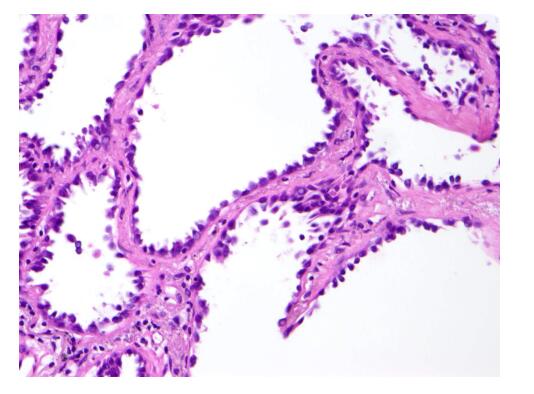
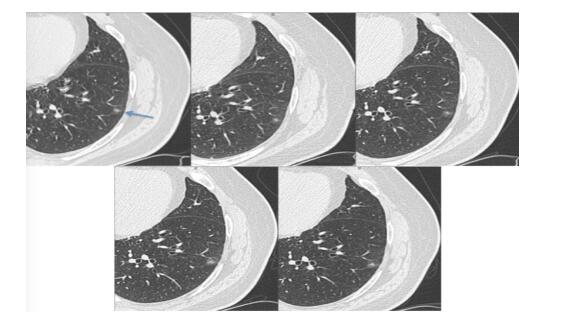
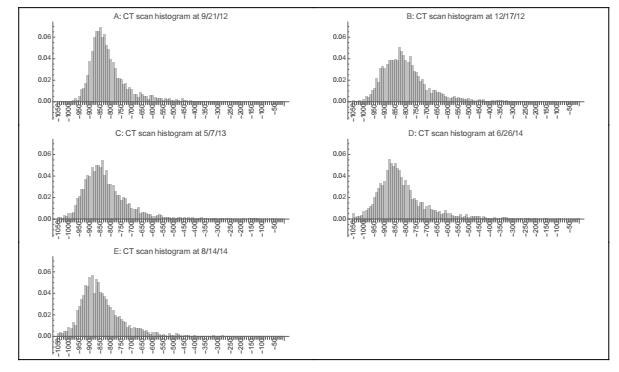
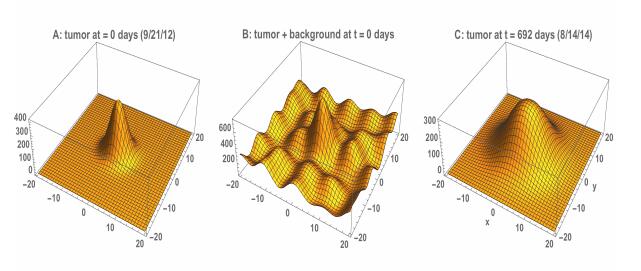

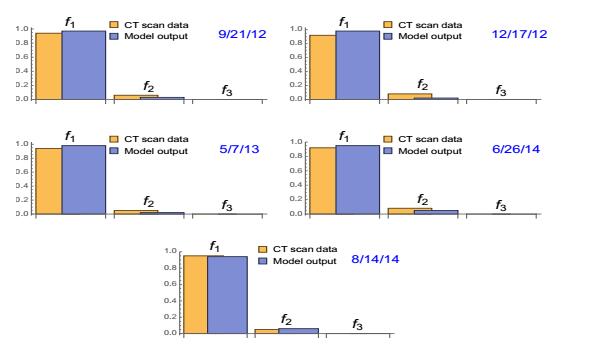
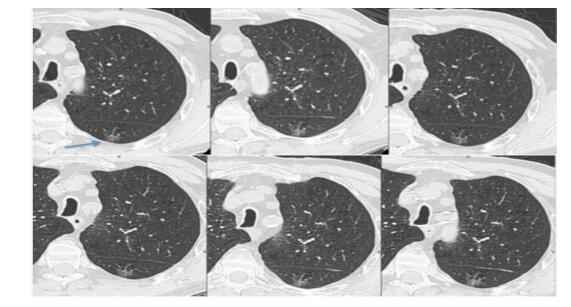


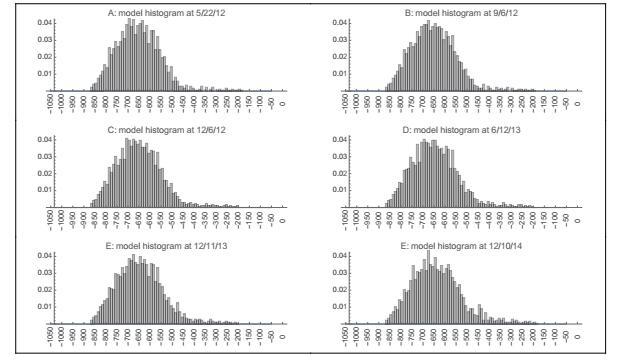
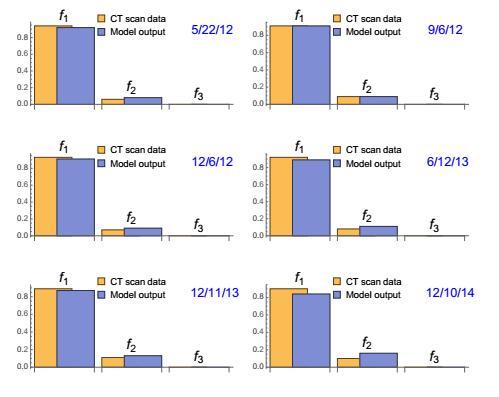
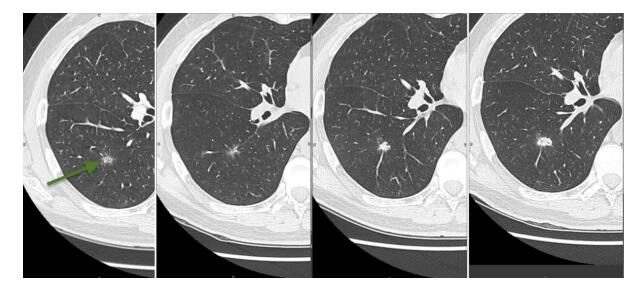
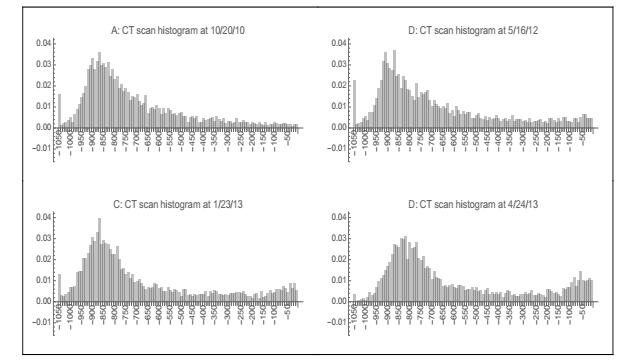
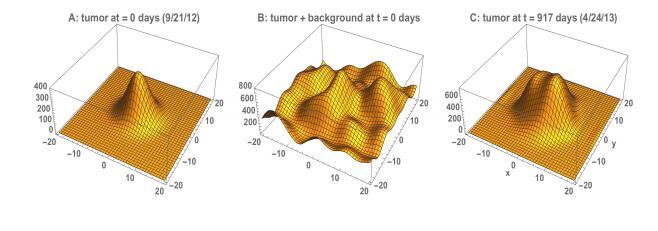

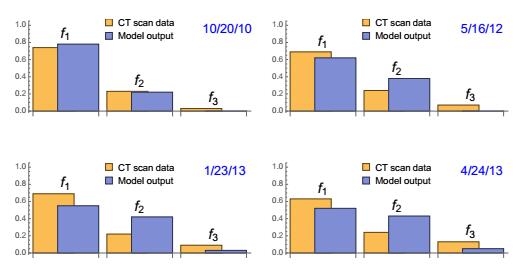

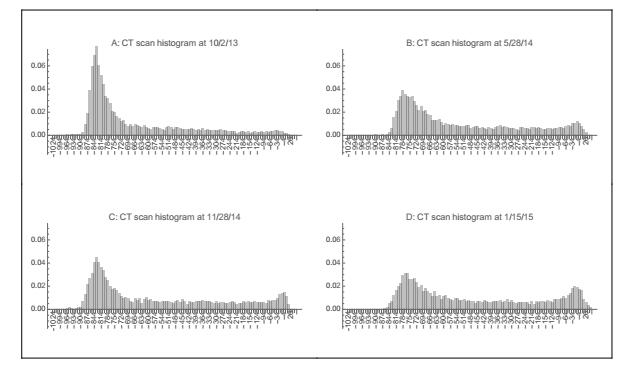
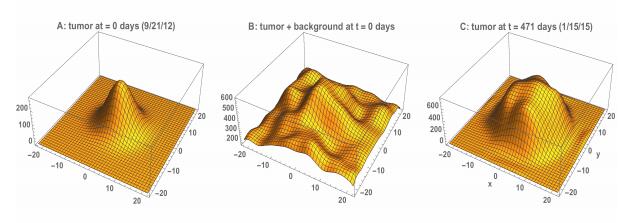
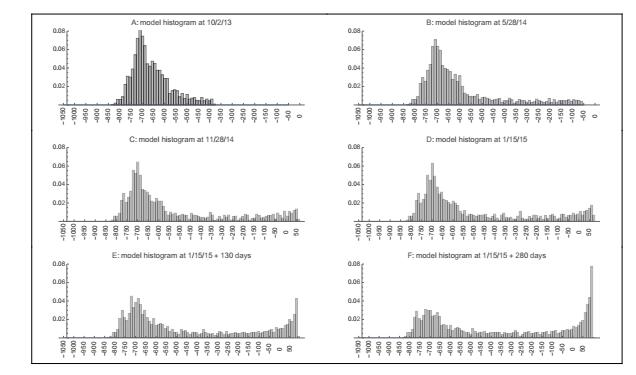
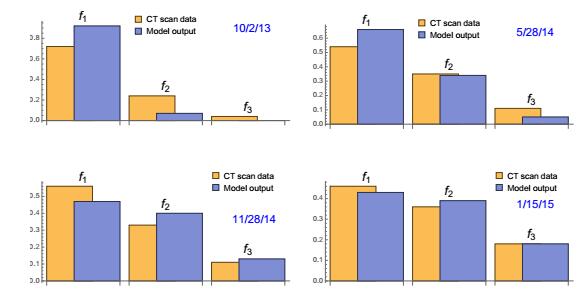



 DownLoad:
DownLoad: